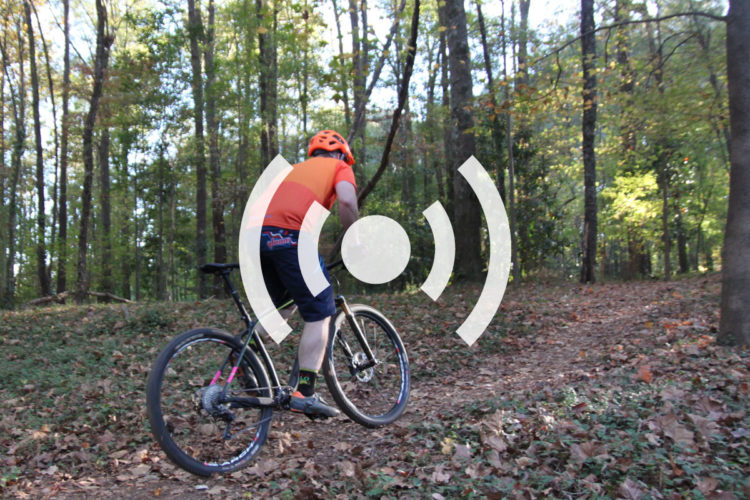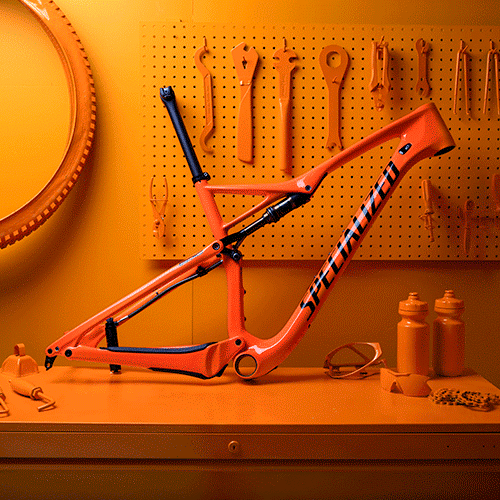
The internet can be less like an encyclopedia, and more like a dumpster at times. There may be a few pieces of gold in there, but mostly it is just shit. That thread kept came up as I was chatting with Susie Parker Simmons, high performance director and senior sport dietitian of the United States Olympic & Paralympic Center in Colorado Springs, CO.
In my own pursuits it has proven clear that information is the new currency. With good information, you can move forward with confidence. With good information that is granular in nature, you have confidence and conviction in your path.
With athletic endeavors, I have found that training is the easy part. The hard part for me is recovery. After a few days of meeting training objectives, and turning myself inside out on a few workouts, having the gas to get ‘er done on subsequent days can be challenging. My objective becomes less about “training” and more about “recovery.”
Dedicated recovery drinks help immensely. Instead of devouring a bag of cheese puffs and half a pound of lunch meat post workout, a recovery drink takes the hunger edge off while showering, stretching, and preparing a real meal. I wanted to find out if this was actually the right protocol however and sought the best source, and there may be none better than Simmons.

My conversation with Simmons started with a series of questions that I posed to her, but it quickly went down an amazing rabbit hole of general nutritional practices. Below are some of the key takeaways.
Why a recovery drink?
Your need for a recovery drink will depend on your training schedule. If you have an AM workout, and then an afternoon workout, a recovery drink is essential for optimal performance.
Will you be going on a hike with family or friends post workout? Playing with the kids? In an important meeting? A recovery drink may be less essential, but can help you feel like you are on top of your game as carbohydrates drive brain function. Managing children at a park, or managing objections in a business meeting both require mental acuity. Skimp on a recovery drink, and you may run out of gas for important daily tasks.
Simmons also stressed that recovery nutrients may be taken via solid energy products, and real food. However, your number one priority, post workout, is fluid intake. With recovery fuel in drink form, you are killing two birds with one stone. With a powder that is mixed with water, you also have the element of transportability. A protein shaker makes it easy to store supplementation powder to mix with water immediately after a ride.
Simmons says that of all of the elements affecting recovery, nutrition has the most peer reviewed scientific studies behind it, so it is the element that we know the most about. Other aspects, such as sleep, are frontiers that are just now being thoroughly explored, and researched.
When to take a recovery drink

Simmons breaks recovery into two stages. Stage one is your recovery drink, and it should be taken within 30 minutes of finishing the workout.
“Within thirty minutes of finishing a hard workout your body is expecting to be fed, and producing enzymes to digest that intake of nutrients,” says Simmons. “This is when nutrient assimilation is optimal. Once that window passes, the enzyme train derails.”
She also specified that the end of a workout is your last hard effort. It does not include your cool down. In my case, I have several training days with long, sustained climbs, and 45 minutes of descending. Once I get back to my start point, after the descent, my enzyme train has left the station. In this situation, riders should ingest a recovery drink at the top of the climb.
Stage two is a solid meal within two hours of a workout. This is when your immune system is weakest, and when you can positively impact it the most. Your meal should still focus on macro-nutrients of carbs, protein, and healthy fats, but should be generous with fruits and vegetables to strengthen their micro-nutrient value.
What to look for in a recovery drink
As senior sport dietitian for our country’s elite athletes, Simmons was on a mission to find the ideal commercially available recovery product for US athletes. She couldn’t find one. Instead, she spearheaded an effort to make a proprietary USOPC drink. While she can’t reveal the recipe, she did provide guidance that we as consumers can use.
In a broad sense, Simmons outlines the following criteria; “You have to look at what your body can assimilate. You have to look at logistics. You often have to force yourself to eat post workout. If the recovery drink’s taste isn’t appealing, you are going to be challenged to take in 16 ounces of it after a workout on a hot day.”
Nutritionally, the discussion isn’t as open. After an intense workout Simmons like to see athletes take in one gram of carbs per kilo of bodyweight, coupled with 25 grams of protein. When athletes are executing a more technique-based workout — and for mountain bikers it might be a bit of core work, balance board, slacklining, or technical skills — the minimum that she shoots for is 30 grams of carbs, and 15 grams of protein.

There has also been a lot of discussion around complex, verses simple carbs. Simmons elaborates; “At USOPC we like to focus on a recovery drink that provides both simple and complex carbs. Each has its own delivery mechanism. If you embrace multiple forms of carbohydrates you tend to get more of what your body needs, much more efficiently.”
In all cases, fats are avoided as part of stage one recovery. Once you introduce fats into the equation, absorption is hindered. And your goal for stage one recovery is to refuel as efficiently as possible.
For summer, USOPC athletes consume a cool recovery drink to aid in lowering core temperatures.
For winter, Simmons administers a hot beverage. Even those winter athletes who are dripping with sweat experience a quickly cooling core. A warm beverage helps mitigate that effect.
As recreational athletes, we have resources that were only dreamed of 20 years ago. With entities like InsideTracker, we can objectively monitor what our bodies need via bloodwork that was once reserved for elite athletes. As Simmons said early in our conversation, “If an athlete thinks that they need a magnesium supplement based on a popular magazine article that they read, we don’t guess about it. We assess through bloodwork.”
With granular information, we can take the emotion and guesswork out of what our bodies need.
When it comes down to the bottom line, Simmons says we should keep it simple.
“Go back to basics. Enjoy food. Look at your foundation, and alter your foundation based on your needs. Is food an emotional rollercoaster? What is food giving you? What do you need in this period of time? What options do you have to fulfill those options?”
Our personal software, our information interpretation system, is patchy. It was programmed by our friends, relatives and, increasingly, the input that we receive from various forms of media, which can be good or bad. That lends itself to food choices becoming an emotional choice. By dialing in one small part of your nutrition with a post-ride recovery drink, you put your body on the most efficient, science-based track possible.
This is part-one of a two-part series. Next, Marty Grabijas will look at a few popular recovery drinks, and how they stack up against USOPC’s proprietary blend, including cost per serving.



















